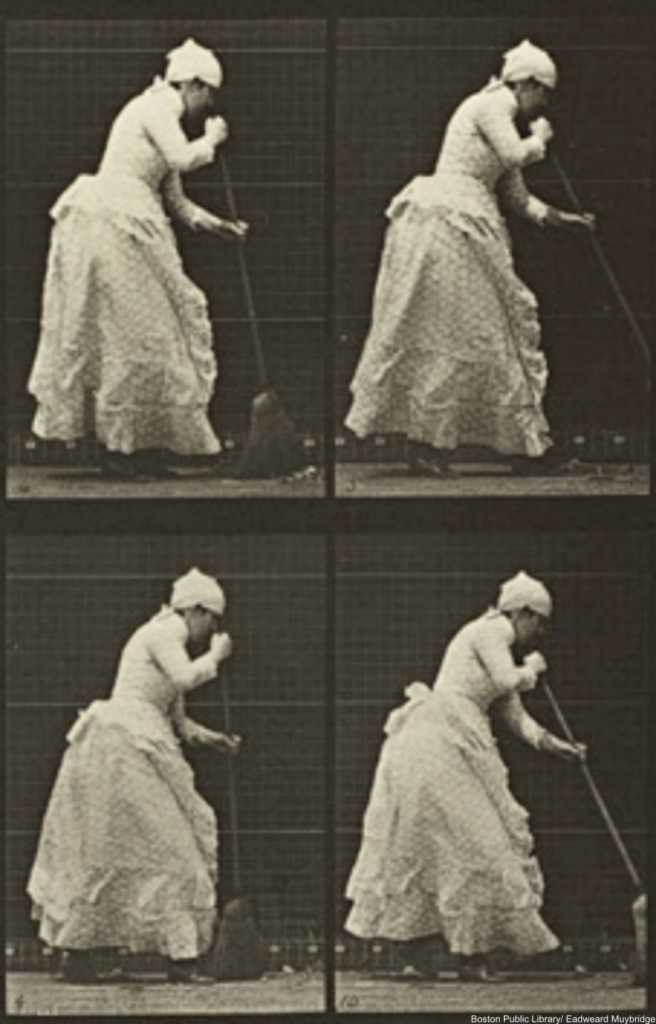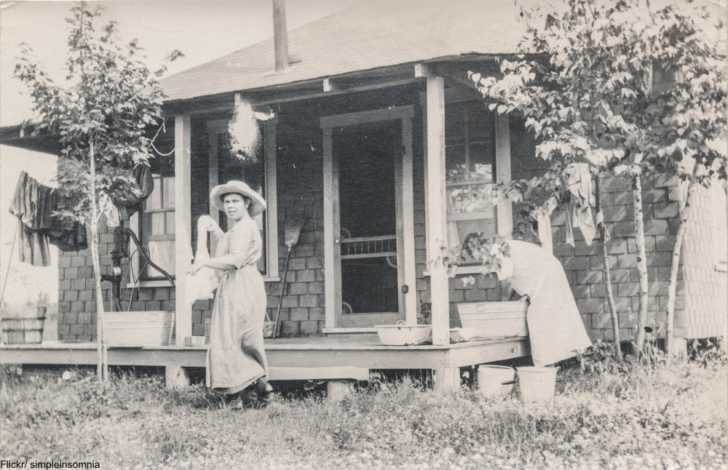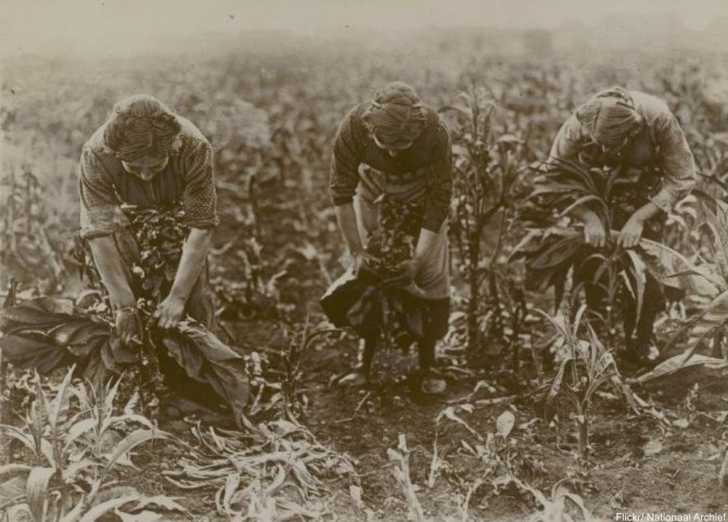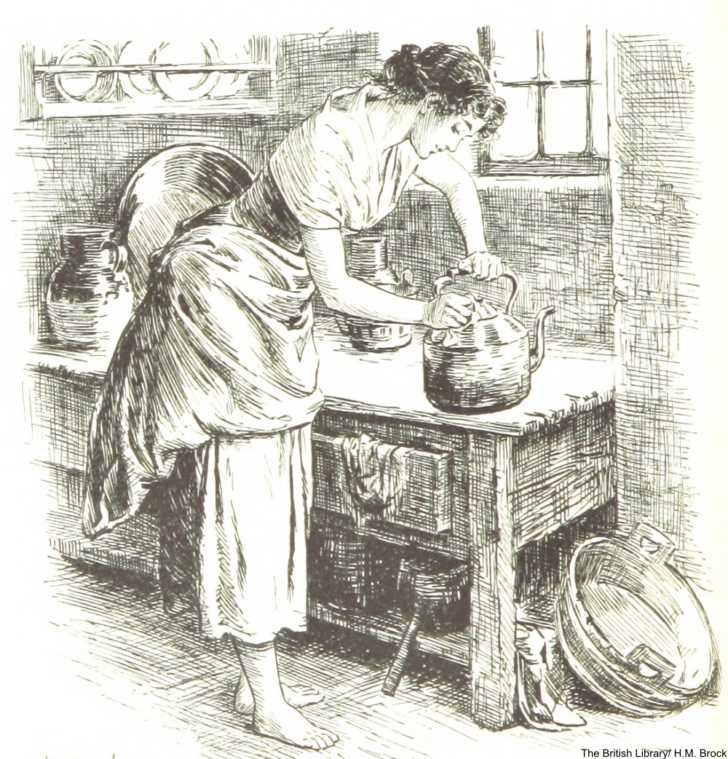Homemade Cleaning Formulas From the 1910s Use Some Unfamiliar Ingredients
Even their furniture polish was made from scratch!
Before there were specific cleansers for every single surface of the home, people made their own concoctions for keeping their households spic and span. Books on housekeeping from the 1910s outline some formulas which utilize ingredients we’ve never heard of before!
Milk to Clean the Floors

The 1910 book Home Economics: A Practical Guide in Every Branch of Housekeeping suggests using hot milk to clean your hardwood floors. But, the author, Maria Parloa, does state clearly that the floors must be completely dried afterwards.
Stain Remover

Home Economics also gives a recipe for cleaning stains from fabric using turpentine. Parloa suggests that any stain not completely removed using turpentine be hung in the sun to let nature finish the job.
Furniture Cleaner

From the Economy Administration Cookbook by Susie Root Rhodes comes the following furniture cleaning formula. Gin, linseed oil, turpentine, and butter of antimony are combined with vinegar. Butter of antimony was a relatively common agent once upon a time. It was made from antimony chloride mixed with butter or oil and has a corrosive effect.
Tobacco Stain

To make a stain for wood furniture, Rhodes advises covering 6 pounds of tobacco in water and boiling the mixture. Once it is the consistency of syrup it is then strained. Clearly this one wouldn’t be advisable today for a number of
reasons, health being prime among them!
Potato Peels

Rhodes also has a cleaning use for potato peelings – to clean a new kettle. Boiling potato peels to clean a pot is a cleaning tip we’d never heard of before!
If you enjoyed this then click the “Next Page” button for more old-fashioned cleaning tips!
SKM: below-content placeholderWhizzco for DOT

